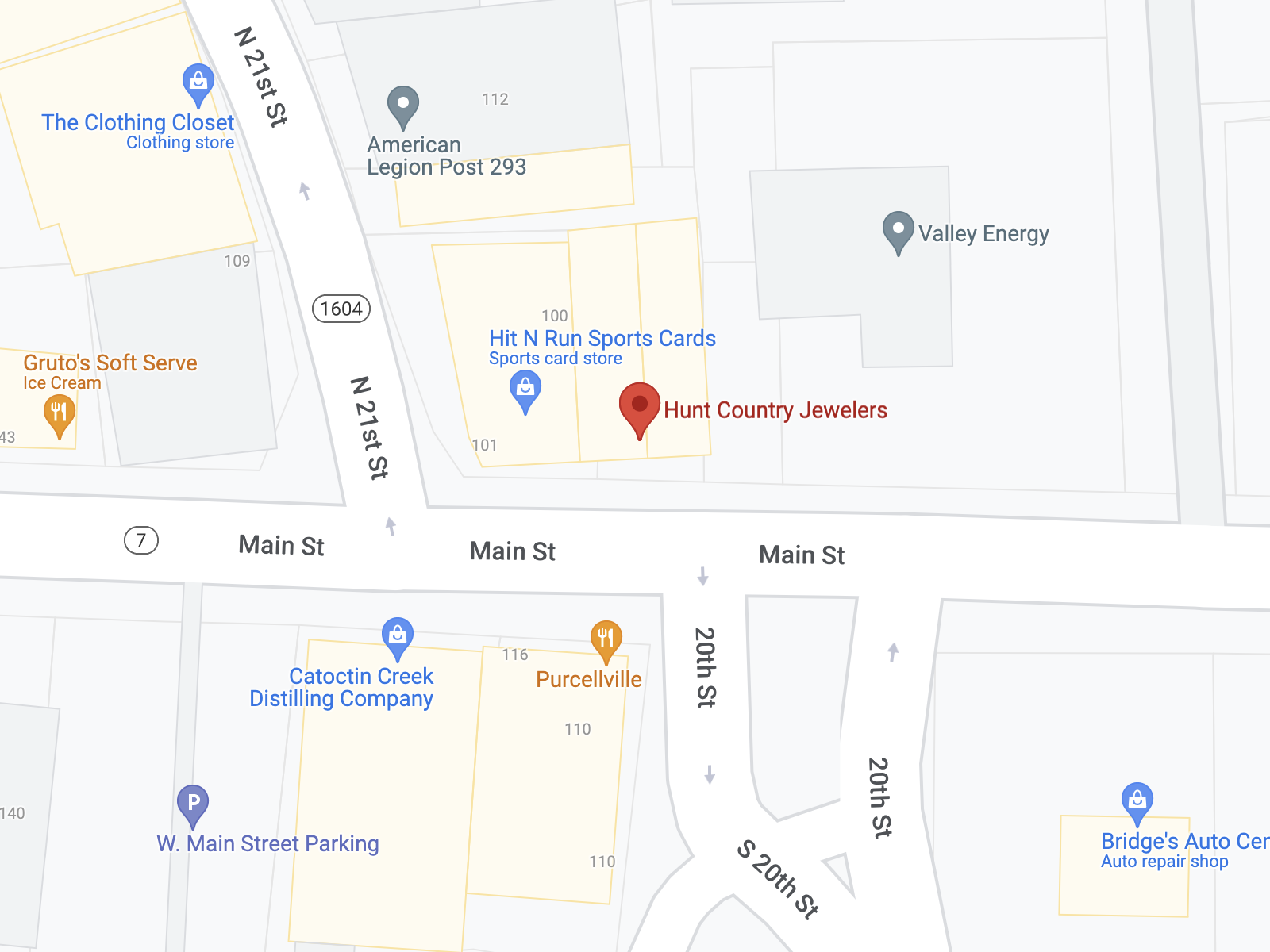Let’s Talk About: Marketing Monikers
Paraiba. Padparascha. Merelani. These monikers denote special colored gemstones- and often special gemstones mean extra special expensive price tags. So what’s the skinny on these denotations? Where do they come from and do they affect prices?
The answers aren’t always simple, nor are they the same for the different gemstones. So it’s easier to look at each one individually.
Often, these monikers started as an indication of the location the stone was mined; Padparascha is an exception. Padparascha means “Lotus Flower” in Sinalese and it describes a color of sapphires; a pinky, orangey, glowy, sunset color of sapphire. GIA defines a pad sapphire as “ intensely saturated and range from light to medium pinkish orange to orange pink (GIA Colored Stones 14, pg.4).” Sapphires must fit in a narrow window of color to get a pad moniker from GIA, but out in the real world any sapphire with pink and orange in any combination get slapped with a pad title and price tag.
GIA, HCJ’s preferred lab, will grade a sapphire as a pad and that’s officially the best way to identify a Pad and justify the higher price carat. Your own eyes, and the eyes of a jeweler, lapidary, or GG you trust, can make a color call and you can decide if that color is worth paying more for. However, without documentation from a respected lab an appraisal value will not (should not- but unqualified appraisers are a different story!) reflect the higher price per carat that a graded pad will.
That last bit, about the appraisal values, that applies to some of the monikered gemstones more than others and probably none more so than the Paraiba Tourmaline.
Unlike pads, paraibas were originally named after the location in which they were first found. Found in Paraiba, Brazil in the 1980’s, paraiba tourmaline is an intense blue to blue-green stone that seems to glow with an internal light.
This gemstone, and specifically the paraiba moniker, have become contentious points in the gem world. It was determined that the Brazilian tourmalines were cuprian- copper- and manganese bearing. When similar looking tourmalines were then found in Africa the paraiba label was immediately applied. Some of the African material was cuprian and some was not. Did the Paraiba label denote a location? A color? The presence of copper? All of the above?
The Laboratory Manual Harmonization Committee, an international organization comprised of the seven largest international gem laboratories, has stated concerning the name, “The name ‘paraiba’ is derived from the Brazilian locality where this gemstone was first mined, however today it may come from a number of localities (JCK Magazine, June 2008, ‘Name Blame’, Anthony DeMarco).”
In 2008 a lawsuit was filed on behalf of David Sherman, of Paraiba.com, against The American Gem Trade Association, Gemological Institute of America, Brazil Imports, Inc. and several individuals, claiming that some or all of the defendants named in the suit began to import, sell, and distribute the African stones throughout the United States, and that these stones were fraudulently represented as Paraíba tourmalines, even though they were not from Paraíba and did not have the same chemical composition as stones from Paraíba. (While the chemical formula may appear to be the same, specific amounts of copper and manganese vary from one locality to another. It’s this variation that many believe is responsible for the vivid neon colors that characterize the Brazilian material.)
Sherman charges that using the name Paraíba was intended to defraud the public into believing the African stones were of higher quality and were from the Paraíba area of Brazil, which would inflate their price (JCK Magazine, June 2008, ‘Name Blame’, Anthony DeMarco).”
This lawsuit was dismissed, and today the LMHC definition stands of paraiba with a lower case ‘p’ as a color and composition classification and not an origin classification. Purists resist this broader usage. And while a straight green cuprian tourmaline from Mozambique does legally have the right to bear the paraiba label, it would be the least valuable of the family tree. The most valuable in the family would be the neon Windex or Scope colored Brazilian material. Only a lab can determine if a stone is copper bearing, so beware labels such as ‘paraiba type’ or ‘paraiba colored’ tourmaline when paying paraiba prices. Your eyes can determine if you feel the color and glow constitute a higher price tag, but much like the pad sapphires the cuprian/paraiba label should only be added to an appraisal or a retail value if accompanied by lab verification.
There are other marketing monikers that are not as complicated. Merelani Mint and Mayala garnets, Umba sapphires, are all in the location family. GIA does not use these as grading terms and they don’t really affect price per carat- color is still king for these guys. Although geographical notation can be of interest, especially to collectors.
Side note: Just because a label doesn’t seriously affect price per carat they can still be misapplied to make stones more recognizable and thusly, more desirable. I would only trust these labels if you trust your jeweler- or better yet the lapidary who cut the stone, since they are closer to the rough.
Rubelite, Indicolite tourmalines, chocolate and canary diamonds* are color categories and follow in the same general footsteps of location categories. It’s good info to have when considering purchasing, but ultimately not significant enough difference in the price per carat.
* Diamonds are, of course, graded by GIA, but they are graded as brown and yellow in varying and very specific degrees. Canary and chocolate are applied in the market to mean anything yellow or brown.
So, to sum up: There are monikers that require verification because the potential price per carat hike is significant and those that are fun and interesting, but not necessarily something to be super concerned about. It takes a little reading, and everyone has an opinion, to determine which are which, but it’s worth it! Questions? Comments?

